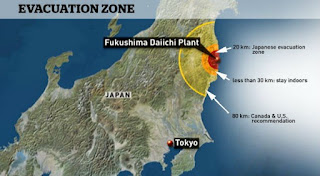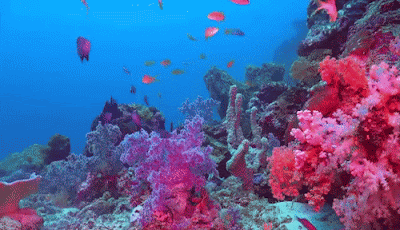BIOCHEMISTRY: WEEK 12
Thousands of people who left Fukushima after the nuclear catastrophe are on the brink of being returned to contaminated areas due to withdrawal of government subsidies. Residents are forced to either move back to homes they believe are unsafe or succumb to financial hardship without help from the government.
The Fukushima incident has resulted in unanticipated issues that involve socioeconomic problems and safety concerns amongst the displaced. I can't imagine living in limbo since the aftermath of the nuclear meltdown. Families are faced with not only financial difficulty, but also the fear of exposure to residual radiation upon returning to the Fukushima area. Women and children have also been greatly impacted by the disaster since they were the primary group that fled the area. Men were more apt to stay in order to keep their jobs in the Fukushima area.
Plant cell structure is different from an animal cell because it does not contain centrioles, lysosomes, intermediate filaments, cilia or flagella. Specialized structures such as a rigid cell wall, central vacuole and chloroplasts also characterize plant cells. The rigid cell wall is more complex than an animal cell because it functions to regulate the life cycle of the plant. A central vacuole serves to store compounds, support growth and provide a structural role.
The cell structure of a plant makes it a unique part of Earth's ecosystem. All animal life is dependent on plant life since they provide food, shelter and medicine for survival. Plants also absorb carbon dioxide from the atmosphere and help to keep the air clean. In terms of soil quality, they prevent soil erosion and enrich the soil with nutrients. The specialization of the plant cell makes it an important foundation for the earth's biosphere.





Comments
Post a Comment